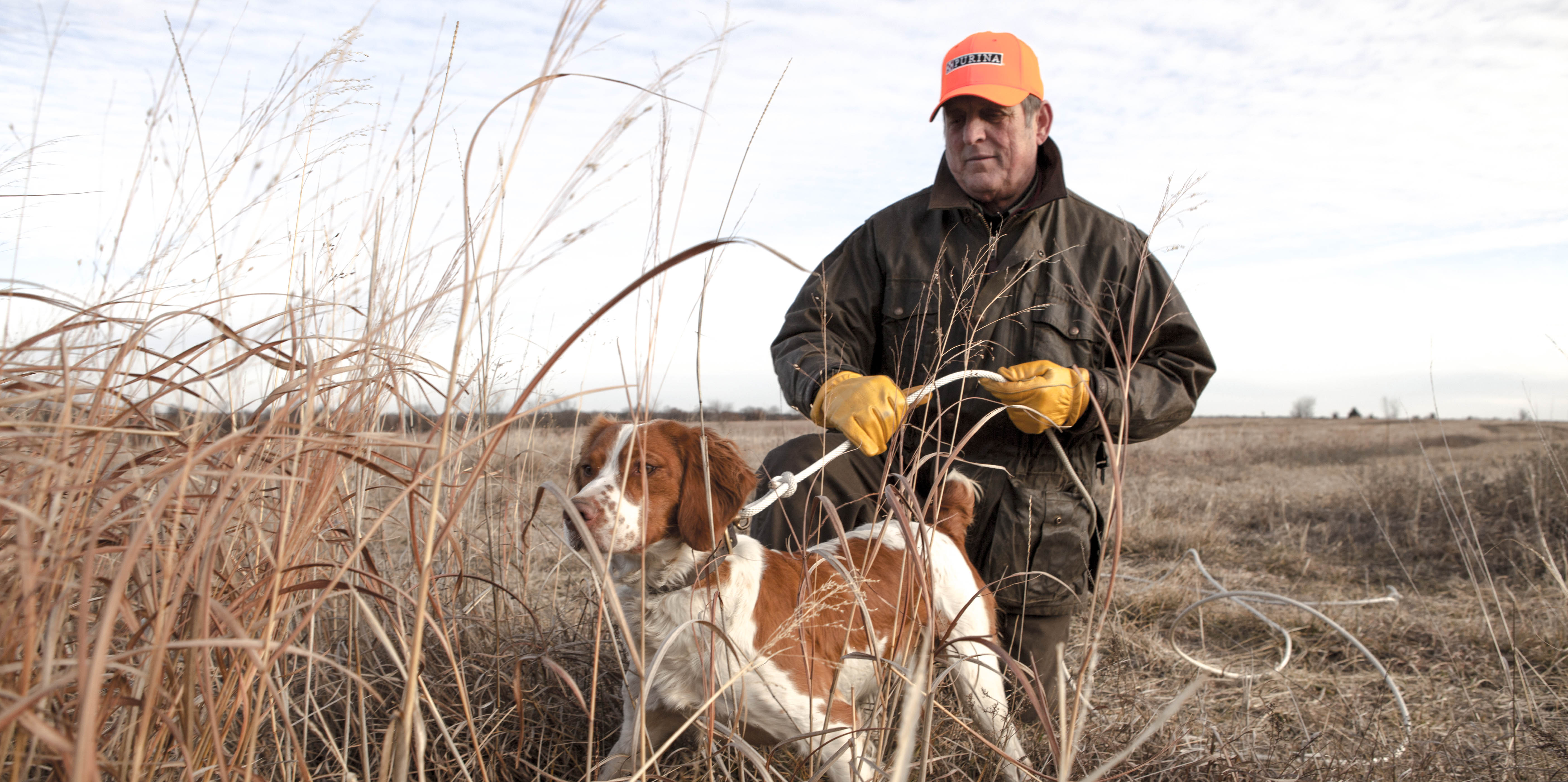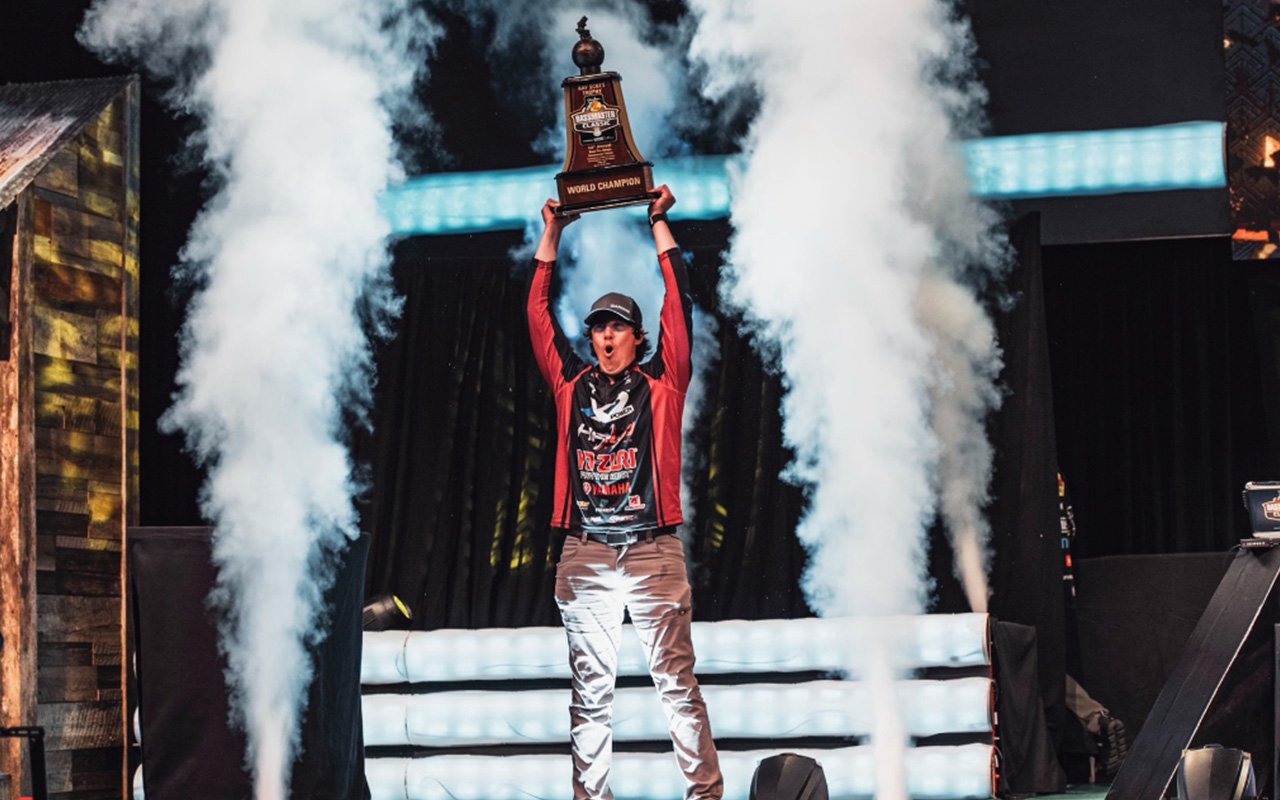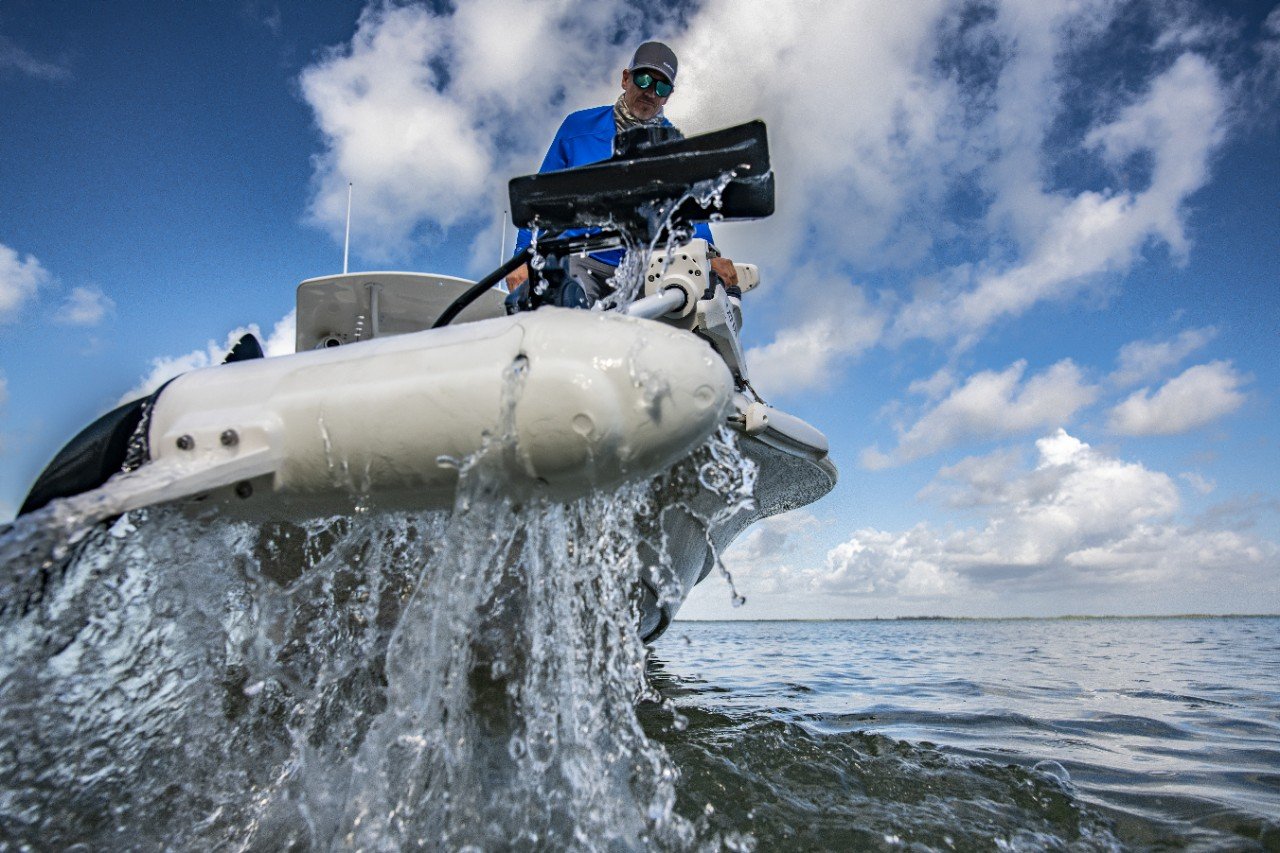
Trainin’ Dogs with Rick Smith: The Overprotective Owner
Dogs are a loved and valued member of the family for many of us. We take great pains to make sure they’re cared for and healthy, and we do our best to keep them safe from harm. They are our partners in the field and in our homes, and they love bird hunting probably even more than we do, which is a big part of the reason we hunt birds at all. Life just wouldn’t be the same without our dogs, and bird hunting would seem, well, “pointless” (groan).
However, being a hunting dog is a fairly high-risk occupation, and it’s one that our dogs would choose even without our participation given the opportunity. There are all sorts of pitfalls awaiting our dogs in the field. They can step in holes, get scraped up by barbed wire, be bitten by snakes, tangle with various other critters that can do them harm, get scratched by briars and thorns, tear a toenail and, strain/sprain/break body parts. There is also the possibility of getting into a scuffle with another dog. It happens, and whether the dog is the aggressor or the recipient, they both can incur injuries – usually not severe and more cosmetic than anything. In extreme cases, they can be, and some are, killed.
As hunters following our dogs, we face the same threats. The difference is in the way we handle the issue when they arise. Let’s take a barbed-wire scrape for example. If we manage to nick our arm while crossing a fence, leaving an angry red scrape and scab, we will likely clean it up, make a note to check our last tetanus shot, and then laugh off our clumsiness as we tell the story to our hunting companions over dinner later that evening. But what if the dog is the one that gets scraped? That’s were differing reactions come in. Most of us will treat the injury and go on, whether it’s minor and can be done ourselves or more serious and requiring a trip to town for veterinary attention. The best response is to deal with the injury, take care of the dog, and move on.
Bird dogs that hunt will get scuffed up and scraped up. Dogs that stay absolutely perfect throughout their lived aren’t doing much hunting. That’s a fact of life, and there’s no way to guarantee a dog will never get a scratch or dent. Those are considered honorable scars, earned in the field and on the job, and they add to the dog’s character. Every mark tells a tale, so if we can look at scars and recall how they were earned; the story becomes part of the dog’s history.
This brings up to the point of our column: the overprotective and over-controlling owner. They come in various forms, and it is our sincere hope that perhaps we can redirect some of their ideas and help them better understand their dogs.
First, and the most rare, is the owner with the perfectly groomed dog who cannot bear to think of a hair out of place, much less losing some of that hair to burrs or a wire fence. The dog’s coat and body have to be perfect all the time, and the idea of a permanent scar makes them see their dog as damaged goods. The dog can be doing some brilliant bird work, but if the owner spies a scratch, the dog’s good work is forgotten, left in the shadow of the supposed defect. And heaven forbid that the dog should get muddy or roll in something unsavory!
The second type – and this is often combined with the first – is the micromanager. Every detail and every minute of the dog’s life is orchestrated, choreographed, documented, and recorded. We absolutely agree that good record-keeping ad routines are important for such things as keeping track of vaccinations and vet records and heat cycles and remembering to feed the dog at around the same time. But watching the clock so the feed pan hits the ground at precisely 6:15 p.m. every single day, or weighing every bowel movement and keeping track of that (and yes, we know a few who have actually done that!)? The micro-managed dog has such a strict routine that any slight change often causes mental upset.
The third type (and again, often combined with the first two) is the paranoid owner. These owners are afraid to let the dog range out of sight for fear of losing the dog, and they usually want their dogs to stay within a few yards. Those dogs don’t find many birds, mainly because they are kept in so close that the owner is just as likely to walk the birds up. These owners are often guilty of micro-managing their dogs when hunting, using constant hand signals and shouts to direct the dog to go to a specific patch of cover, paying no attention to scent conditions or wind direction, and giving the dog no credit for having a nose. One caveat: Those who have had a dog killed in the field can be forgiven for being a little too overprotective with the next one.
If you’re identifying with any of the above types, don’t worry. There is a way to change your way of thinking. Go back to your childhood. Did you fall off your bike and skin your knees? Fall while climbing a tree and break your arm? Bump your head and need stitches? Those injuries become art of the story of our lives, part of what makes us interesting and individual. The bumps and bruises and scars are all part of a learning process. The skinned knees helped us become more cautious bike-riders, and the broken arm a better tree-climber. And we’ll bet that if you had stitches, you knew exactly how many sutures the doctor put in and you proudly bragged about them to your friends. On the flip side, if you had an overprotective parent that didn’t let you climb trees or ply contact sports or take any kind of risk, didn’t it make you feel restricted and frustrated because you didn’t have that freedom?
While we certainly advocate minimizing the risks our dogs take, we also have to let them learn from their errors. Obviously, that doesn’t mean letting them run across a busy road or chase cars. But it may mean letting them run into that first barbed-wire fence, since the fence will educate them and the lesson will be learned, even if it comes with a scar. And it means letting the dog learn that running over and jumping on a strange dog rather than doing a polite sniffing introduction is a good way to get a torn ear. That scar will be a reminder. It’s simple pack behavior and part of the social skill set every dog is born with, but they never learn to use it unless given the opportunity. Don’t deprive your dog of learning the consequences of its behavior. It’s the same kind of educational and social process we as human beings have all gone through.
If we can learn to take the risks in stride and look at them as part of the process instead of as flaws, our dogs will have the freedom to do their jobs better and will enjoy it more. And as we look at our dog years later, the scars are woven into their stories as well as the stories of our families: “See that notch on Phideaux’s left ear? He got that when he tangled with Bob’s old setter, the same morning we found four coveys up on the south ridge and my son shot his first double.”
Scars and scrapes and marks aren’t defects. They’re memories. Let all the honorable scars be part of the wonderful memories you’ll share of hunts gone by, and let dogs be dogs and do what they love best: hunt.
Originally appeared in The Pointing Dog Journal. Written by Sharon Potter
Follow Garmin Fish & Hunt on social media for more dog training videos and tips.




